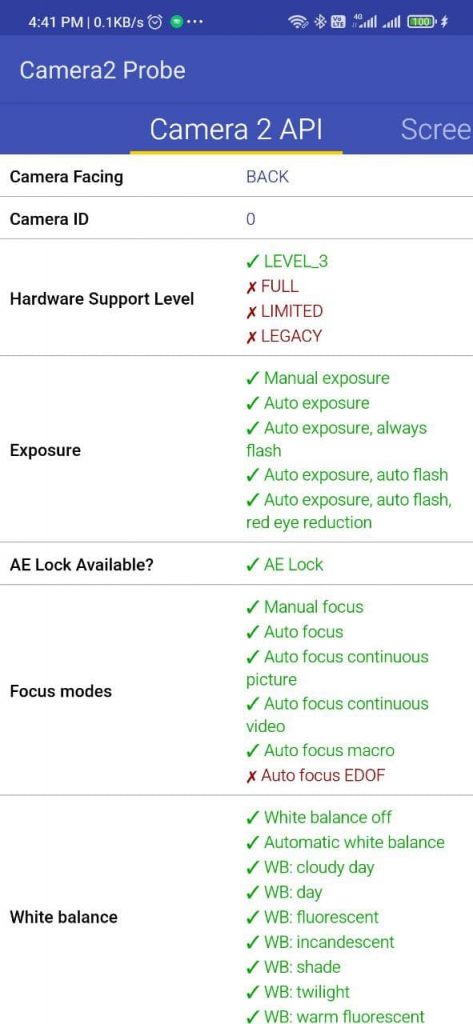Camera2 API is an Access Point Interface, or you can say a framework that provides the developers access to key camera controls like focus, ISO, exposure, etc. This makes the developers use this access to bake these features to third-party apps. In this case, that app will be the ported Google Camera.
The Camera2 API is the successor of Android’s old camera API and is used by developers to gain direct access to the camera hardware. This API is of great use because developers can use it to develop an app with full manual control over the camera sensor, flash module, and camera lens. Additionally, having a better 30fps burst shoot, RAW file capture, HDR+ features, etc., is also possible by using this framework.
And the GCam uses Google’s some of the complex algorithms and AI processing that require this Camera2 API’s access in the phone. The Camera2 API was announced back in 2014’s Google I/O event alongside Android 5.0 Lollipop. But even after such a long time since the launch, many OEMs don’t support this API.
Recommended: How to install Google Camera?
How to Check Camera2 API support on your Android phone?
You can easily check whether your phone supports Camera2 API or not. To do so, you can use any Camera2 API checker available on Google PlayStore. I would recommend you use the Camera2 API Probe app, which is available for free. Download the app and launch it.

Under the Camera 2 API section, look for the Hardware Support Level segment. It will show your hardware’s status about to which extent your phone supports the Camera2 API’s features. Here is what each option means.
- LEVEL_3: The phone showing this green means the phone RAW image capture, YUV reprocessing, and other output stream configuration.
- FULL: This means the phone supports all the major capabilities of the framework. E.g., Poco F1.
- LIMITED: This means the phone supports a minimal set of Camera2 API features.
- LEGACY: There is no support for Camera2 API. The phone only supports Camera1 API.
How to enable Camera2 API on Android smartphones?
It was easy to check the support for Camera2 API; enabling it on an unsupported phone is a pretty advanced task. It requires root access to the phone to enable the Camera2 API. Once the phone is rooted, you can enable the Camera2 API in two different ways, which are the most convenient. The first one is:
- by editing the build.prop file, and second
- by using a Majisk Module.
Note: The rooting process may vary from phone to phone and company to company. You should better be searching for a rooting guide from a reliable source specifically for your phone. XDA is one such destination where many developers continuously work for the development of different phones. You can find a complete how-to guide and forum for each development thing.
2Enable Camera2 API by editing build.prop
While this method is a bit more technical than the second one and requires more manual work, it is safe to give root permission to any module. You can use a root explorer or a build.prop editor for this. Once the app is downloaded, follow these steps:
- Launch the app and grant the root permissions.
- Tap on the edit icon in the top right corner.
- Now at the end of the build.prop file, add the following line:
persist.camera.HAL3.enabled=1
- Now rap on the save icon and restart your phone.
1Enable Camera2 API by Magisk Module
This one is a pretty simple way to enable the Camera2 API. There is a Magisk module called Camera2API enabler, which does the same thing automatically. Simply install the module and restart your phone.
Can I enable Camera2 API without root permission?
No, it is currently not possible to enable Camera2 API without root permission. You need to provide root permission to your device if you want to enjoy Google Camera, which could be your primary reason to enable this feature.